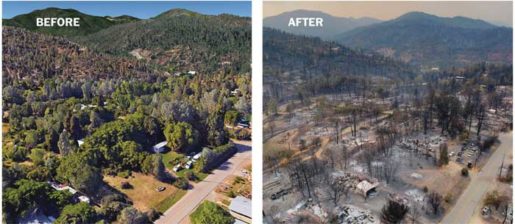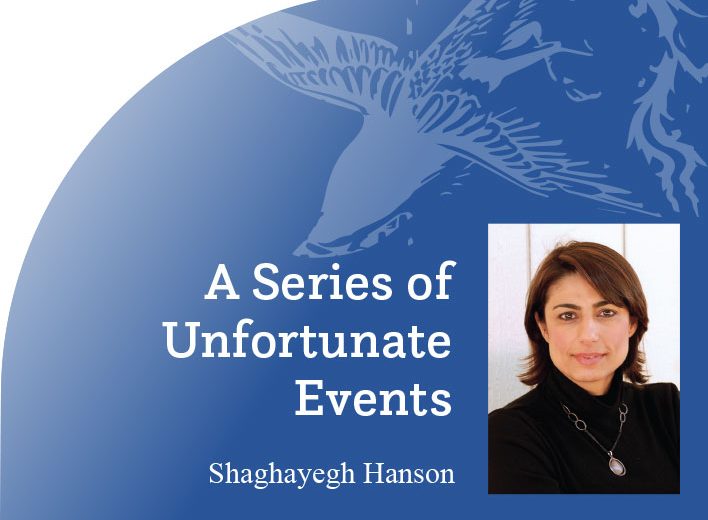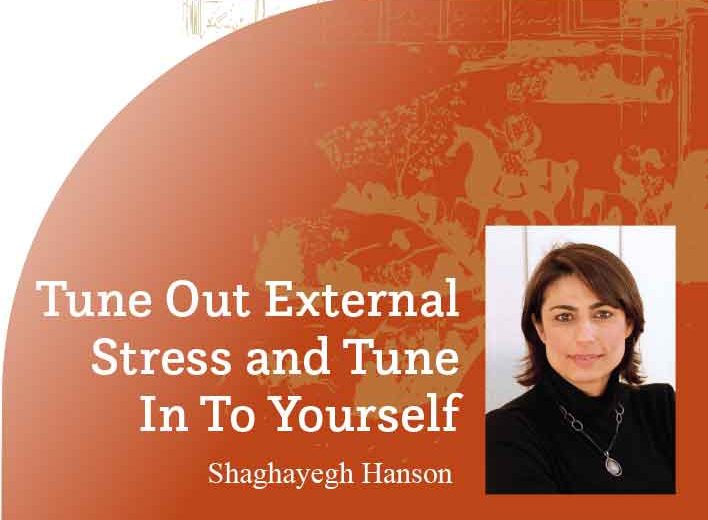If you did not see CBS’s 60 Minutes on October 4, 2020, I encourage you to take the time to find it and watch the first segment on the raging wildfires in California. Thousands of firefighters have been battling dozens of blazes, which have taken the lives of more than 30 people and destroyed thousands of structures. Over 4 million acres (and counting) have been destroyed down to ashes, creating ghost towns and portending of global disaster.
It doesn’t and didn’t have to be like this.
In the summer of 1983, I moved from North Carolina to California. Driving down from Los Angeles to San Diego, as I passed through Orange County, I was bewildered at the beauty of the mountains on one side and the magnificent Pacific Ocean on the other. The blue sky and the radiant sunshine reflecting on the ocean were breathtaking. I was so overcome by a transcendent feeling of peace and balance in nature.

Now, thirty-some years later, I am witnessing the destruction of beautiful California. My heart breaks at our collective neglect of the environment. After ignoring the warnings raised by scientists for decades that we will reach a point of no return for the environment, we have finally arrived at the threshold of it becoming too late to be able to do much.
In 1988, NASA climate scientist James Hansen sounded the alarm about climate change in an address to the U.S. Senate. Although then-presidential candidate George H.W. Bush vowed to use the “White House effect” to battle the “greenhouse effect” and later, during his presidency, allowed the United States to be a founding member of the United Nations Framework Convention on Climate Change, his actions and those of subsequent administrations have not been enough. Since Hansen’s speech, global carbon dioxide emissions have risen 68 percent and use of toxic fossil fuels has actually risen over time, despite increased use of “clean” solar and wind energy. In 2018, environmental magazine Grist noted that “[t]hirty years after Hansen testified, the world still isn’t even close to solving the problem. In fact, for every year we wait, we are making the problem much, much harder. On our current path, emissions will still be rising 30 years from now, and the world will have long ago left behind all reasonable chances of preventing the irreversible tipping points in the climate system that Hansen predicted. If climate change was an urgent problem in 1988, it’s now an emergency.” (Grist, June 22, 2018, bolded for emphasis.)
By not trusting science and those knowledgeable in the field—and instead by listening to nonsensical obfuscation and magical thinking from those who benefit financially from the destruction of our environment—we have arrived at the disaster zone earlier than expected. Not long ago, California was in the top five economies of the world and the state provided many of the vegetable and fruit crops for the entire nation. Just this year, however, it broke yet more heat records, including the third hottest day ever recorded… a lethal 130 degrees Fahrenheit in Death Valley. Farmlands are drying up and turning to ashes, millions of trees are dying, and the oceans are warming. The question now is: how long are we going to continue to deny reality and, thereby, actually help destroy ourselves and whatever remains? There has to be a limit to stupidity.
Perhaps during this unprecedented time—when we are mostly homebound due to the COVID-19 pandemic—it would be a good time to seriously research the climate and how it will impact not just our future, but that of our children and grandchildren.


















